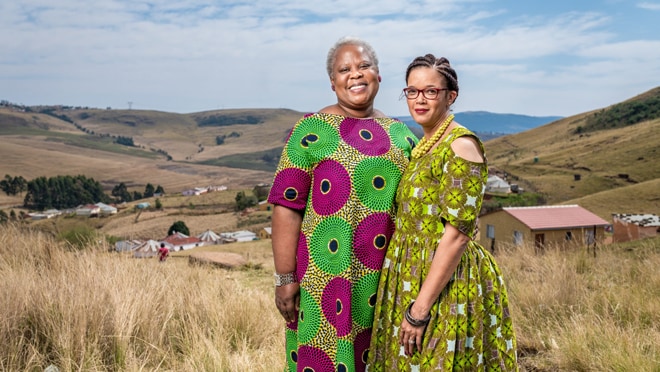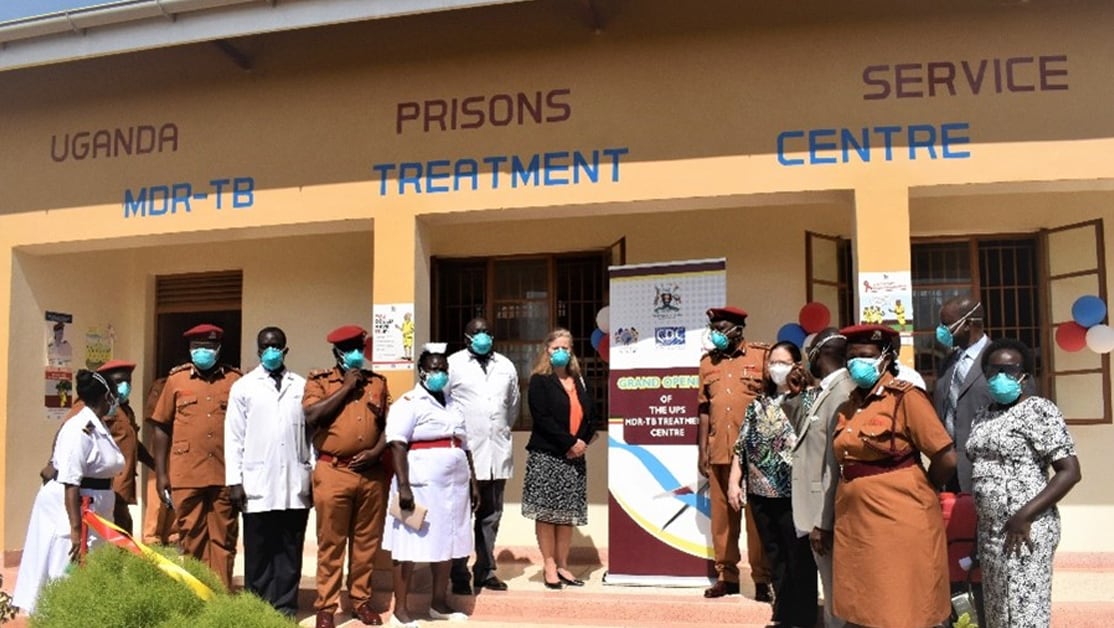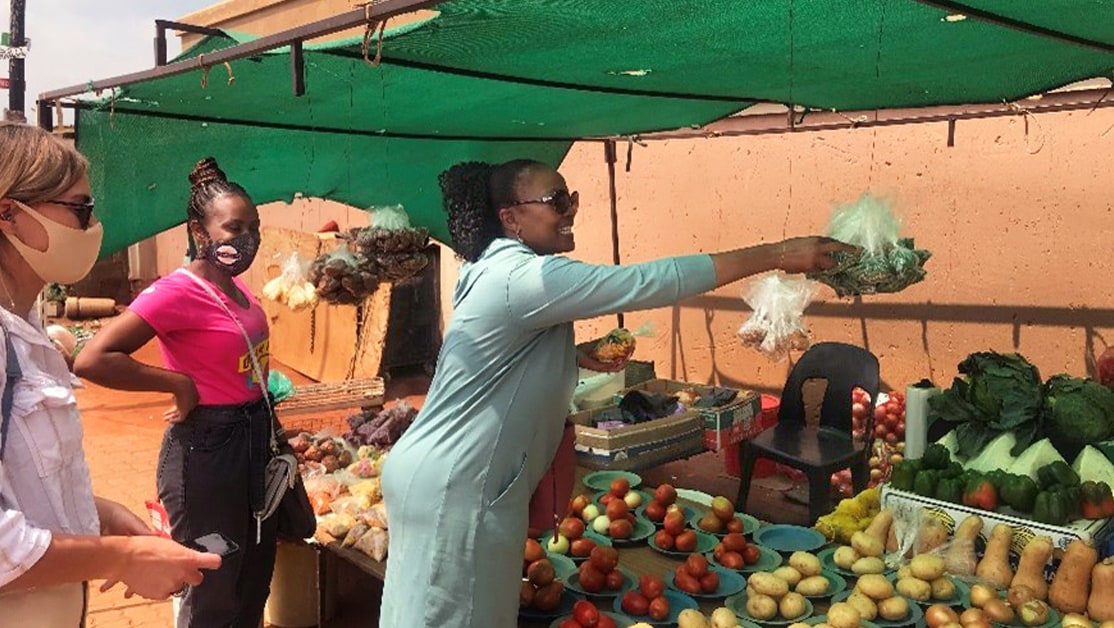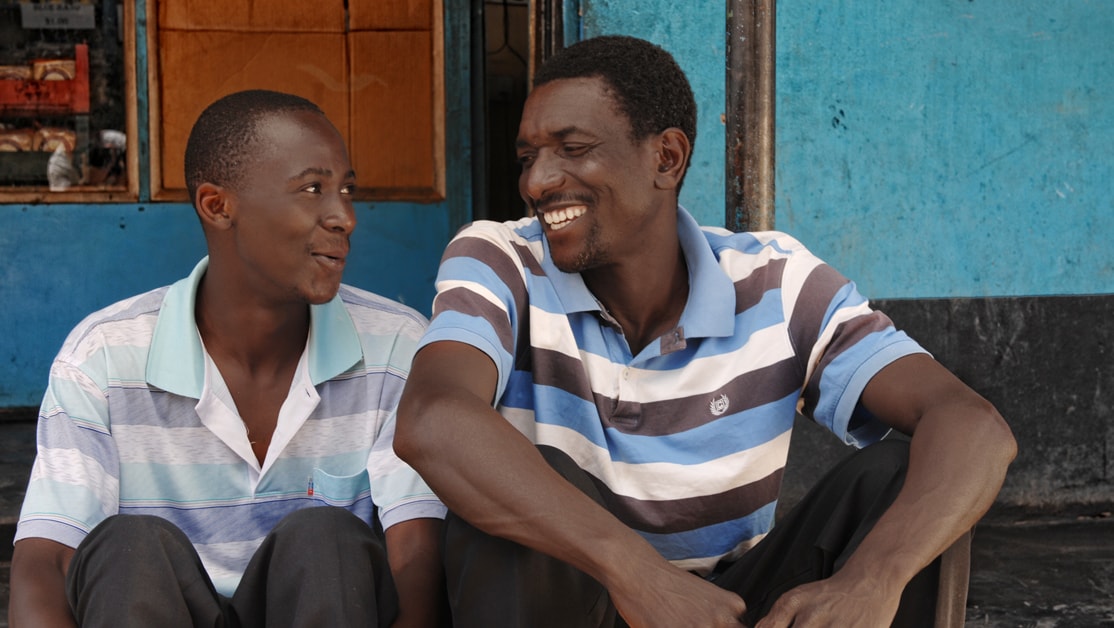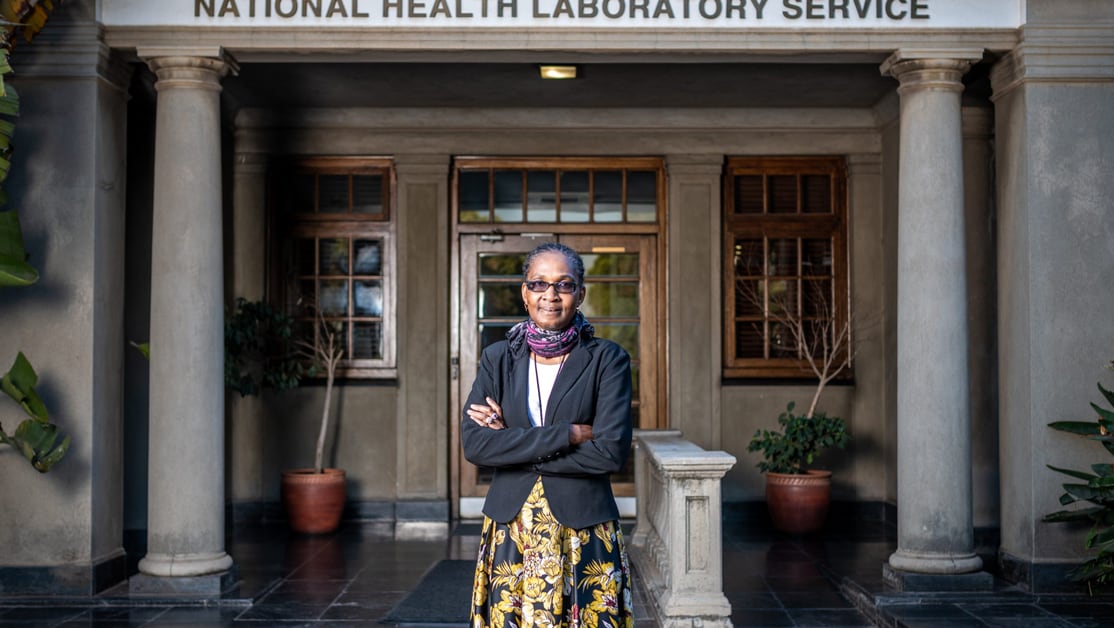At a glance
CDC established an office in South Africa in 1995. CDC works with the South African National Department of Health (NDOH) to support COVID-19, HIV, TB, influenza programs, disease surveillance, and workforce capabilities.

Overview
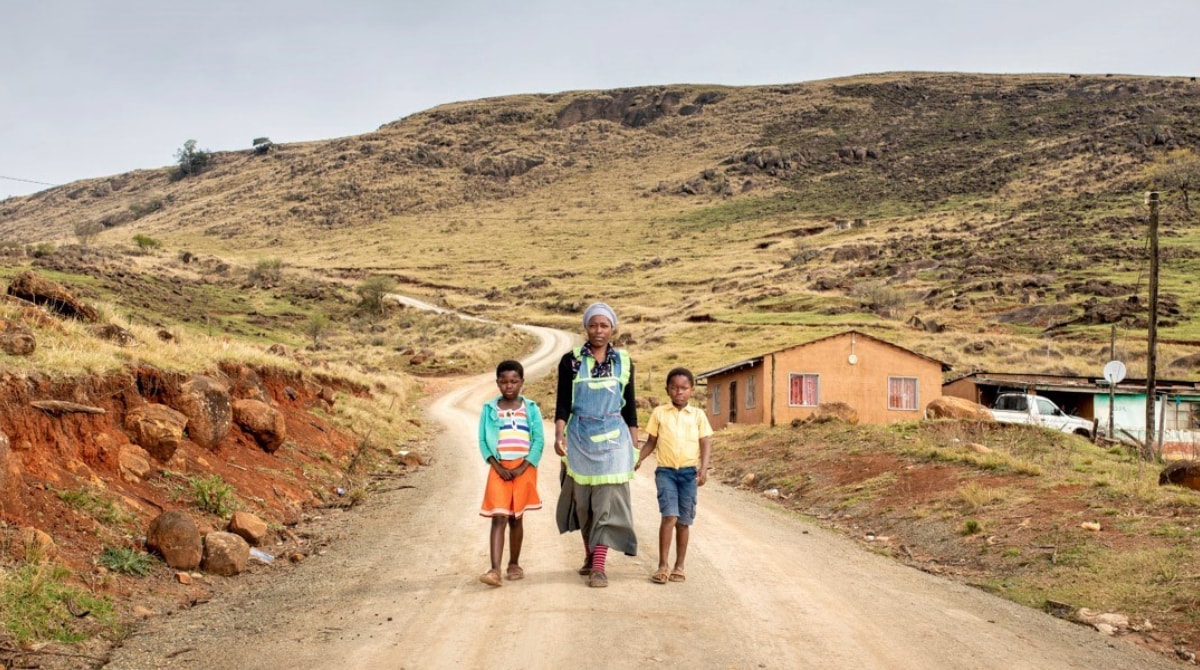
CDC began working in South Africa in 1989 and established an office in 1995. CDC partnered with South Africa to develop HIV clinical and research guidelines, and HIV and tuberculosis (TB) service delivery programs. CDC works with the South African National Department of Health (NDOH) to support COVID-19, HIV, TB, influenza programs, disease surveillance, and workforce capabilities.
Global health security
Strategic focus
CDC's global health security work in South Africa focuses on strengthening the country’s public health systems across the following core areas:
Laboratory systems strengthening
CDC supports national programs that strengthen HIV and TB laboratory diagnostic quality and public health laboratory service. These programs ensure facilities have access to laboratory information systems for timely result delivery and documentation of results in the patient management system.
CDC also helps strengthen the connection between clinics and laboratories by ensuring human resources are available to train, mentor, and supervise continuous quality improvement initiatives at healthcare facilities and laboratories.
Disease surveillance
CDC supports local implementing partners to conduct research that informs South Africa’s HIV response and programs. This research includes:
- Population surveys to understand HIV prevalence and incidence.
- Enhanced antenatal surveys in pregnant women.
- HIV drug resistance surveillance.
- HIV mortality surveillance.
For key population groups, CDC also supports size estimations and bio-behavioral surveys that inform HIV epidemic surveillance, programs, and epidemiological models used by:
- The South African Government.
- The United States President's Emergency Plan for AIDS Relief (PEPFAR).
- A network of nongovernmental organizations, advocacy groups, and community groups.
Workforce development
CDC helped launch the South Africa Field Epidemiology Training Program in 2006 in collaboration with NDOH, the National Institute for Communicable Diseases (NICD), the University of Pretoria, and Wits University.
The trains epidemiologists to prevent, detect, and respond to outbreaks before they become epidemics. Participants develop skills for gathering data and translating data into evidence-based action.
CDC continues to support and expand South Africa's FETP, including Frontline, Intermediate, and Advanced levels. All three FETP levels have participated in the COVID-19 response in South Africa.
Key achievements
- CDC has collaborated with the Human Sciences Research Council (HSRC) to conduct national HIV household surveys since 2005.
- CDC supported the implementation and expansion of the Synchronized Communication in Health, a web-based system that ensures data accessibility and reporting across models of care in 2018.
- CDC used the Extension for Community Healthcare Outcomes platform to train 2,000 pathologists in virology, chemistry, microbiology, and genetics in 2021.
- More than 500 professionals have graduated from FETP since 2007. Of those, 344 professionals have completed Frontline-FETP, 27 professionals have completed Intermediate-FETP, and 344 professionals have completed Advanced-FETP.
COVID-19
Strategic focus
CDC implemented a broad and proactive public health response to prepare, detect, and respond to COVID-19. CDC engaged in technical collaboration with the NDOH and NICD on disease surveillance, laboratory strengthening, and health communication. As cases increased, CDC expanded its scope of work to include:
- Supporting surveillance and epidemiology.
- Strengthening laboratory capacity.
- Researching COVID-19 burden, transmission, seroprevalence, and morbidity.
- Strengthening border health, risk communication, and vaccine preparedness and delivery.
- Strengthening epidemiologic capacity through FETP courses.
All COVID-19 programs balance existing CDC and South African structures and partnerships. This includes those from the U.S. President's Emergency Plan for AIDS Relief (PEPFAR) and influenza surveillance.
Key achievements
- CDC supported establishment of COVID-19 surveillance systems in all nine provinces by adapting existing influenza and respiratory disease surveillance platforms.
- CDC assisted national- and provincial-level COVID-19 response teams with disease surveillance early in the COVID-19 response.
- CDC helped strengthen COVID-19 genomic sequencing capabilities at the NICD to identify emerging variants in South Africa and the surrounding region.
- CDC helped increase COVID-19 vaccination in mobile clinics and PEPFAR-supported facilities
- Distributed over 2 million vaccine education pamphlets in each PEPFAR-supported district.
HIV and TB
Strategic focus
South Africa has the highest number of people living with HIV in the world, accounting for nearly 1 in 5 people living with HIV globally. Through PEPFAR, CDC works with partners toward HIV epidemic control in South Africa. CDC and South Africa strategically support HIV prevention and treatment programs and system strengthening. Through PEPFAR, CDC leads efforts to increase voluntary medical male circumcision among men aged 15 years and older.
CDC supports pre-exposure prophylaxis for key populations and provides comprehensive services for:
- Sex workers.
- Men who have sex with men.
- Transgender people.
- People who inject drugs.
- People in prisons.
CDC also supports HIV programs designed for adolescent girls and young women aged 15-24 years. Compared to male peers, adolescent girls and young women are 2.5 times more likely to be infected with HIV. Women and girls account for 3 out of every 4 new HIV infections in the 15-24 age group.
To address complex factors that increase risk of HIV infection among adolescent and young women, CDC implements the Determined Resilient Empowered AIDS-free Mentored Safe (DREAMS) program. DREAMS includes multiple evidence-based activities such as:
- Post-violence care.
- Parenting/caregiver programs.
- Facilitating access to existing resources such as cash transfers and education subsidies.
Did you know?
SABSSM VI is a cross-sectional population-based household survey designed to provide information on key HIV indicators, social and behavioral factors, and access to medical interventions in South Africa.
Key achievements
- CDC supported antiretroviral therapy (ART) services for over 2 million people living with HIV.
- About 76% of people living with HIV received ART and 93% of people receiving ART achieved viral load suppression.
- Mother-to-child transmission of HIV decreased to less than 1% at birth from 3.5% in 2010.
- CDC's implementing partners achieved 99% coverage of HIV testing among pregnant women and initiated treatment for 99% of pregnant women living with HIV.
Influenza
Influenza viruses require continued vigilance to mitigate seasonal influenza and novel strains. CDC South Africa's Influenza Program is a regional hub that provides technical support to surrounding countries to prevent, control, and respond to influenza. CDC’s influenza work at its Influenza Regional Hub in South Africa is focused on enhanced surveillance and laboratory capacity for seasonal influenza viruses and novel influenza viruses with pandemic potential and generating the evidence-base for policy decisions.
Since 2007, CDC has worked with partners to enhance the quality of influenza surveillance and broaden the scope to include other respiratory pathogens, such as respiratory syncytial virus (RSV) and SARS-CoV-2.
CDC collaborates on research projects to understand influenza and other respiratory viruses in South Africa, where disease burden and epidemiology may be unique due to untreated comorbidities such as tuberculosis, malaria, and HIV, as well as malnutrition and socioeconomic factors.
CDC also engages in other research efforts, including:
- Studying how flu and SARS-CoV-2 spread within households.
- Surveying healthcare use for respiratory illness.
- Assessing if a children's flu vaccine study is practical.
Key achievements
- CDC supported enhanced surveillance for lower respiratory tract infections and influenza-like illnesses.
- This was done by expanding existing platforms to include RSV, pertussis, and COVID-19.
- This was done by expanding existing platforms to include RSV, pertussis, and COVID-19.
- In 2019, CDC published estimates of health and economic burden of severe pneumonia caused by influenza and other respiratory pathogens in South Africa.

